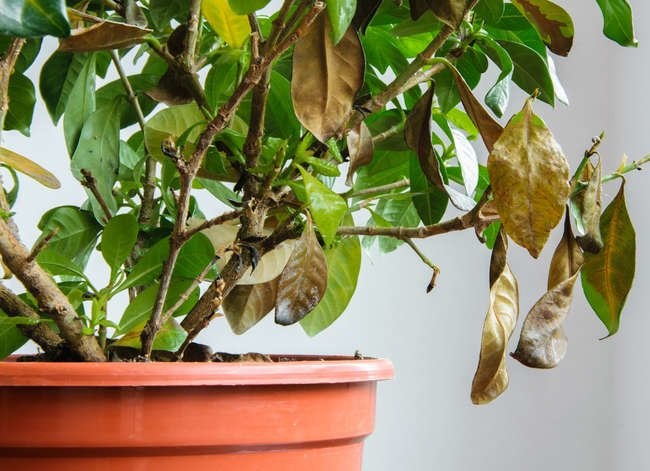

We may earn revenue from the products available on this page and participate in affiliate programs. Learn More ›
Home Advice You Can Trust
Tips, tricks & ideas for a better home and yard, delivered to your inbox daily.
By signing up you agree to our Terms of Service and Privacy Policy.
Houseplant Help
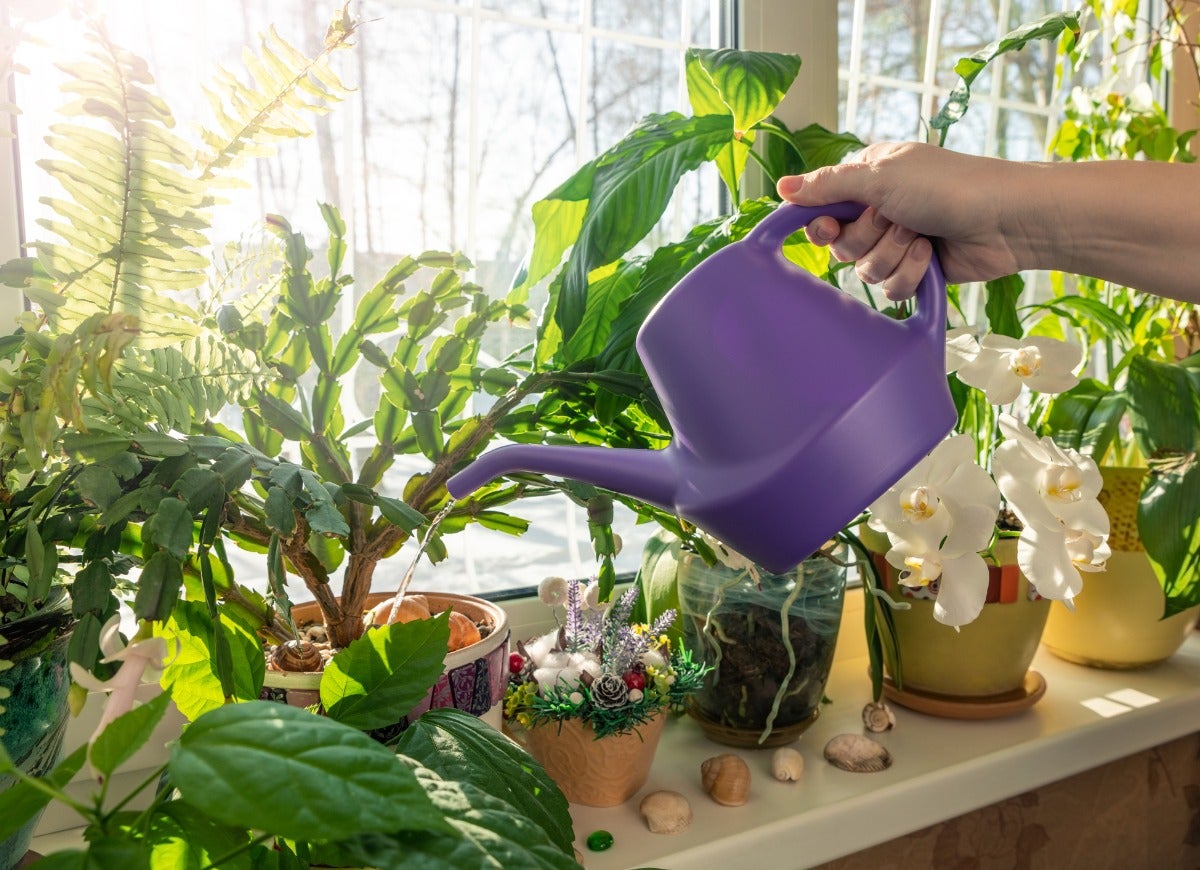
There’s no disputing that living, lush leaves add to the comfort and warmth of a home or office. But when symptoms of problems appear, indoor plant parents can feel plenty stressed. It’s easy to assume the worst, but most houseplant problems are simple to fix.If you pay close attention, your plants will tell you what they need.
You can prevent many issues leading to unhealthy houseplants with regular, attentive care. Still, things sometimes go south, even for the greenest of thumbs. The hard part comes from figuring out what’s going on with an unhappy houseplant. The following slides address some common symptoms houseplants show when they’re less than happy, along with likely causes and tips on managing the problem.
Symptom: Spindly Plants, Few Flowers
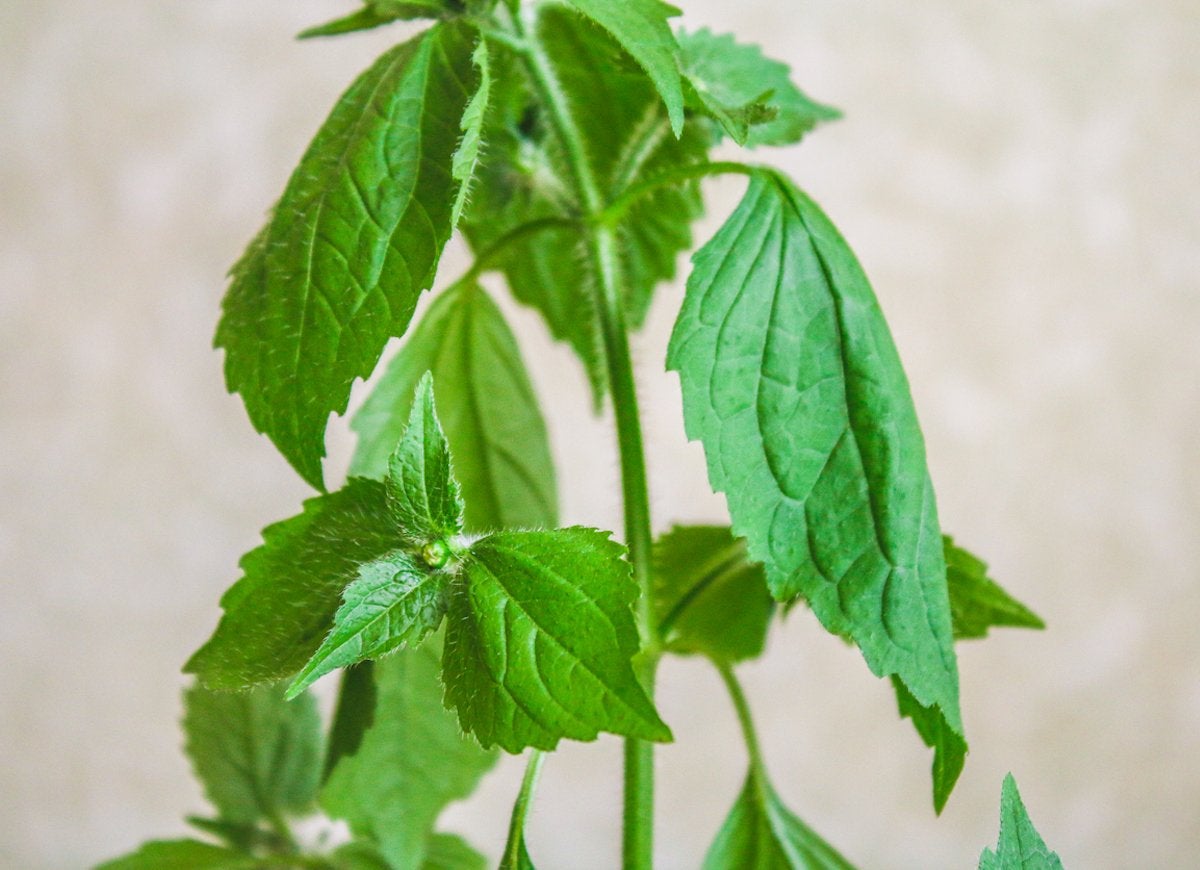
Possible Cause: Poor lighting conditions.
Most indoor plants need an average of 12 to 14 hours of sunlight each day. Search online to find out the proper amount of direct light, indirect light, or shade that your particular plant requires to thrive. Moving it to another spot in your home or adding an artificial grow light can help.
Related:
14 Symptoms of an Unhappy Houseplant (and How You Can Treat Them)
Symptom: Few Flowers, Excessive Foliage
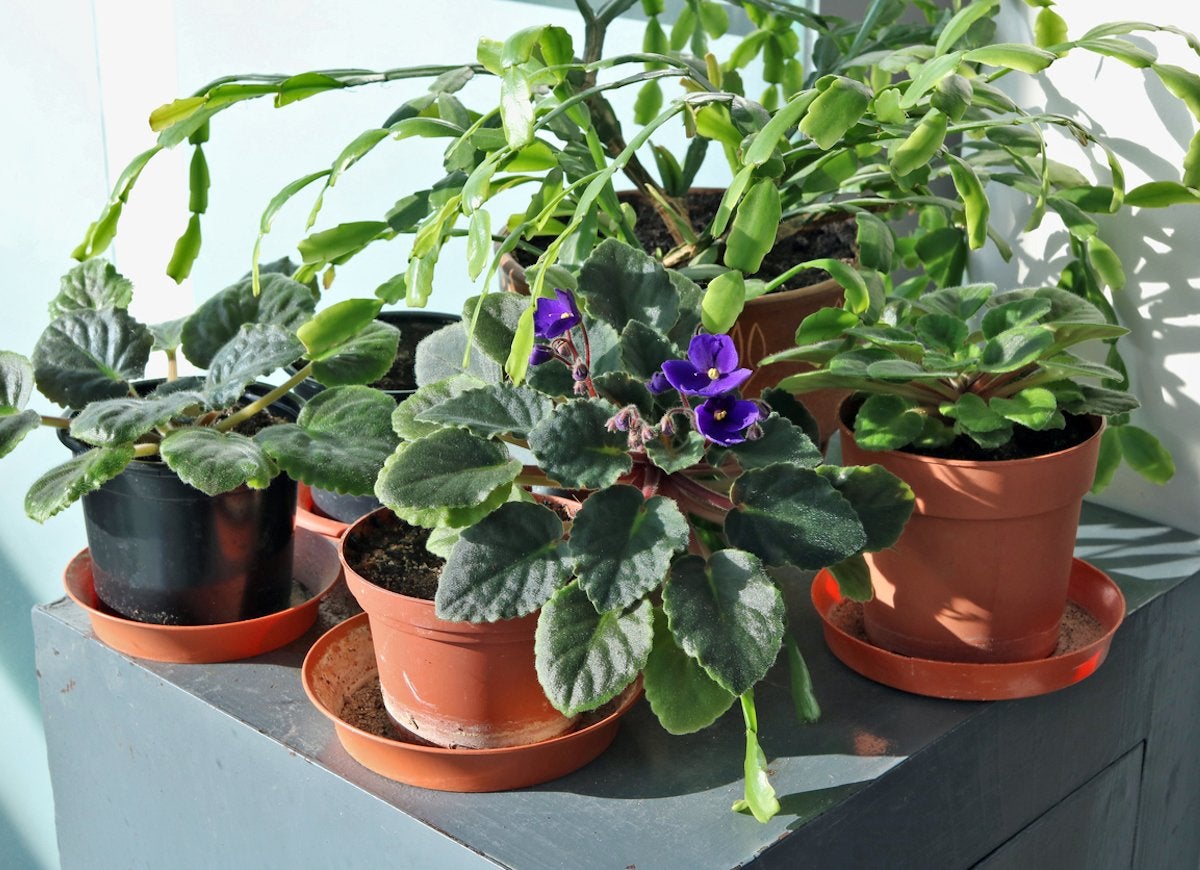
Possible Cause: Too much nitrogen fertilizer.
Some plants need less fertilizer, or a more balanced formula than what they’re getting. Indoor plants grown for foliage benefit from a nitrogen boost; the macronutrient helps increase chlorophyll production. But add too much nitrogen to a flowering or fruiting plant and you get more leaf growth at the expense of flowers. Switch to a more balanced fertilizer such as Jobe’s Organics all-purpose fertilizer.
Symptom: Yellowing Leaves
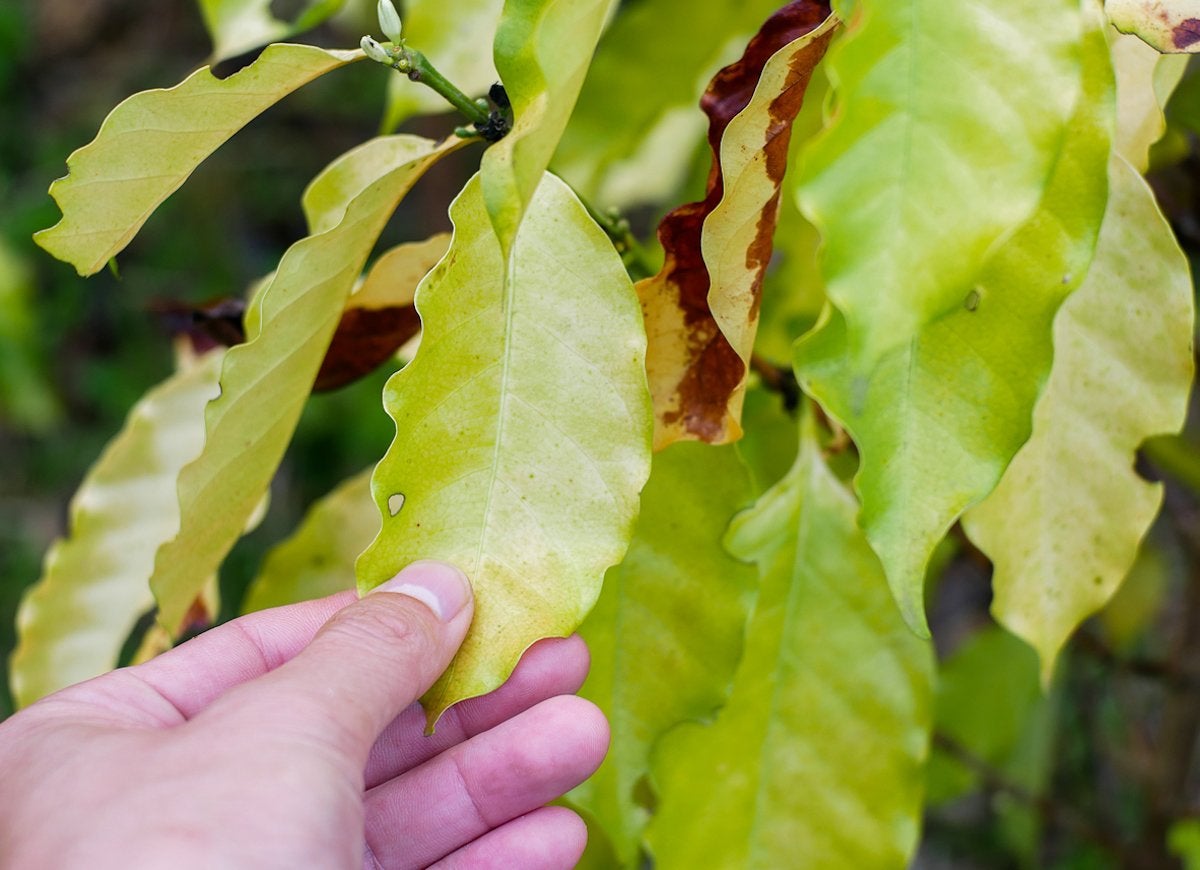
Possible Causes: Overwatering, low humidity, poor soil drainage, low temperatures, or pot-bound roots.
If the weather has changed suddenly, make sure that your plant is not in a draft, near a heater, or reacting to an unexpected environmental change. Check that your pot has adequate drainage and that the plant isn’t rootbound, which means its roots have run out of space and you need to repot it into a bigger planter.
Related:
8 Plants Never to Grow Indoors
Symptom: Scorched Leaves
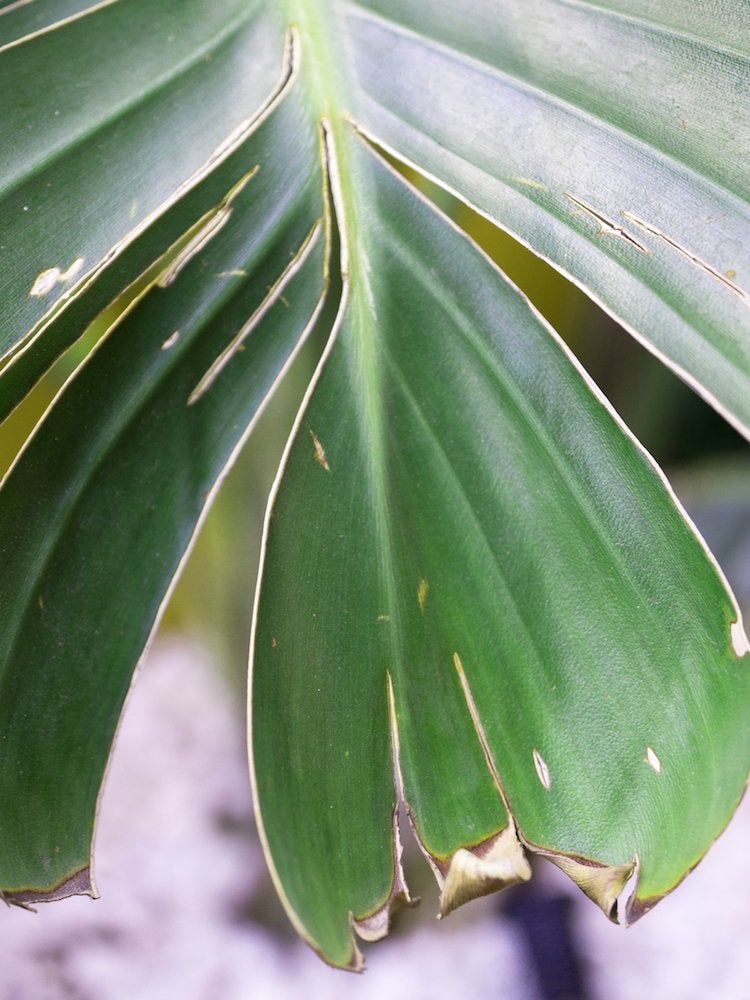
Possible Cause: Too much direct sunlight.
To prevent further scorching, move the plant from direct to indirect sunlight. Prune the affected leaves, and resume deep, infrequent waterings to promote healthy root growth. Avoid overfertilizing, as this will exacerbate the burn. You also can add a sheer curtain between the window and your plant to cut down on future scorching.
Symptom: Brown Leaf Tips

Possible Causes: Too much fertilizer or pesticides, dry soil, low temperature, hot air, accumulated salts, or root rot.
It bears repeating—most indoor plants need to be fertilized only once a month, at most. Stand pots in shallow trays or pebble-lined trays or saucers that are filled with decorative pebbles and water the trays to increase humidity (pots should sit on the pebbles, above the water line). Once a month, apply enough water to the top of the soil to thoroughly flush excess salts through the drainage hole.
Related:
The Best Gardening Tools
Symptom: Small Leaves or Wilting Plant
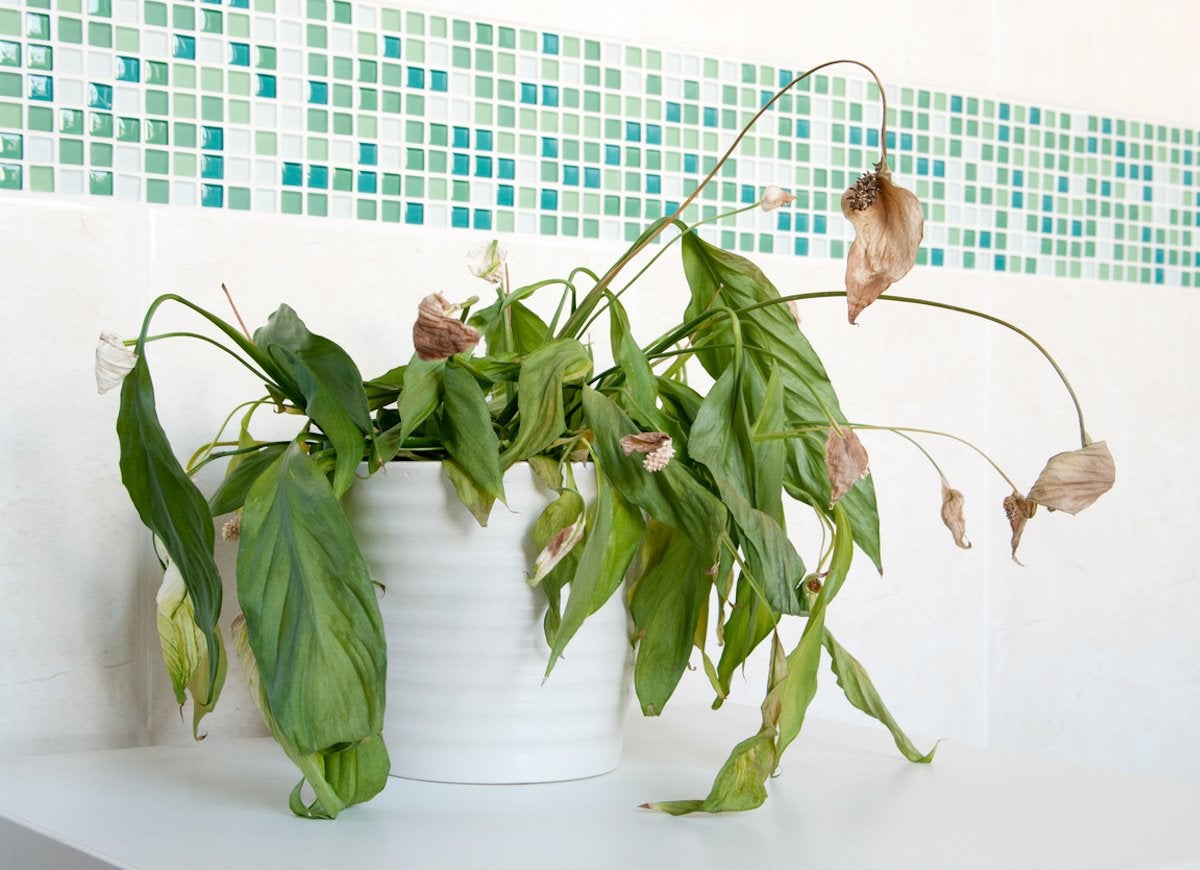
Possible Causes: Soil remains either too wet or too dry.
Develop a watering routine that is infrequent but deep to promote healthy root growth and combat root rot. If you suspect root rot, remove the plant from its container, examine the root system, and cut out infected roots (blackened root tips with slimy decay), then repot the plant into a clean pot using a sterile, well-draining potting mix like Miracle-Gro indoor potting mix.
Symptom: Spots on Leaves
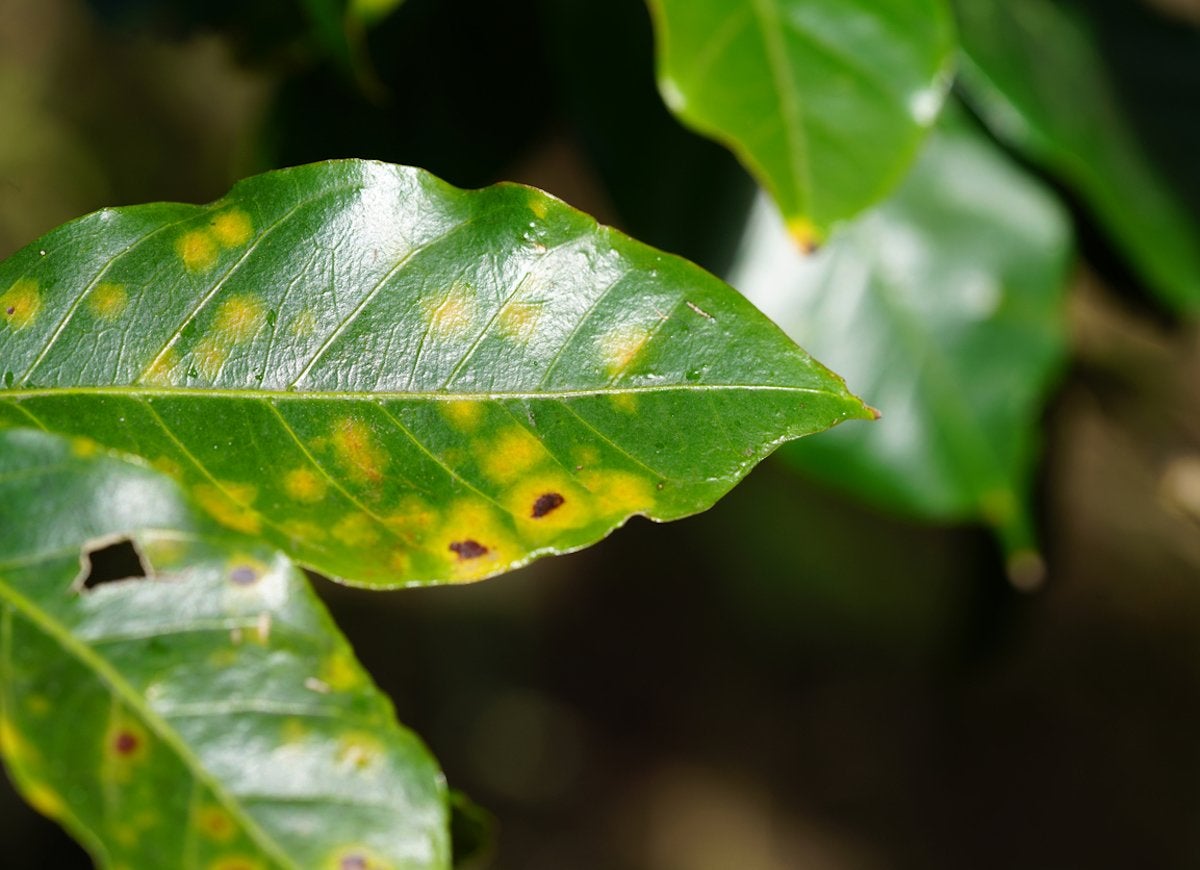
Possible Causes: Fungal leaf spot, water spots.
If the plant is already affected, isolate it from other plants and pick off infected leaves. To prevent spotting, increase air circulation by increasing space between plants, and take care not to splash water on leaves when watering the plants.
Related:
It’s Not Me, It’s You: The 15 Toughest Houseplants to Keep Alive
Symptom: Leaf Tips Turn Yellow, Then brown; Entire Leaf May Die
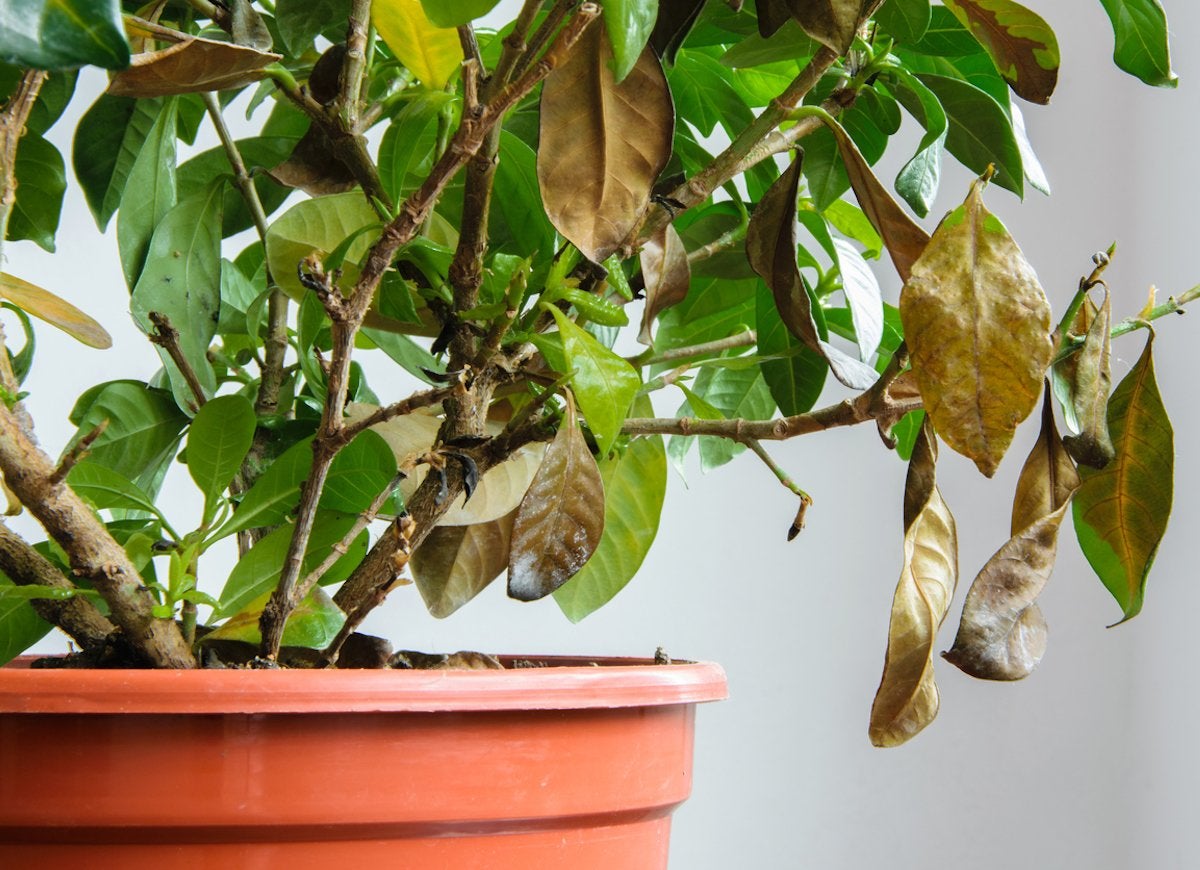
Possible Cause: Anthracnose.
Anthracnose is caused by two fungi, usually in soil. Remove infected leaves and avoid misting leaves. Other ways to prevent the fungal disease are to avoid reusing soil (especially from a plant that had similar symptoms) and removing dead leaves or debris from the top of the container.
Related:
Count On These 25 Indoor Plants for Easy Color Year-Round
Symptom: White Powdery Fungal Growth on Foliage, Leaf Distortion, Leaf Drop
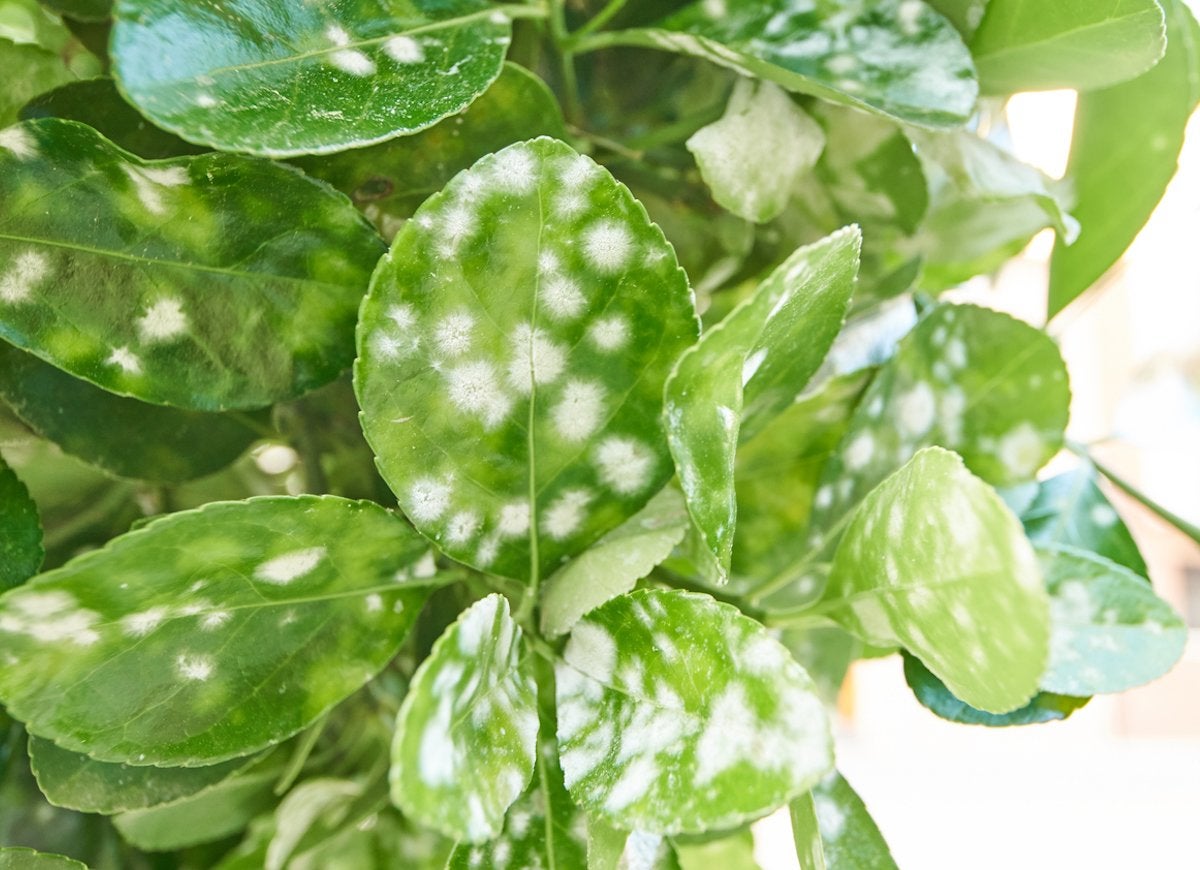
Possible Cause: Powdery mildew.
This fungal disease occurs most often in winter, when household temperatures drop and humidity rises. It isn’t fatal if you address it and change a few habits. Remove and throw away any infected leaves and increase air circulation around the plant. Avoid watering when the soil is already damp, and regularly clean up leaves or other debris on top of the container’s soil.
Related:
10 Plants You Can Grow Without Soil
Symptom: Brown to Black Soft or Punky Roots, Wilted Plants
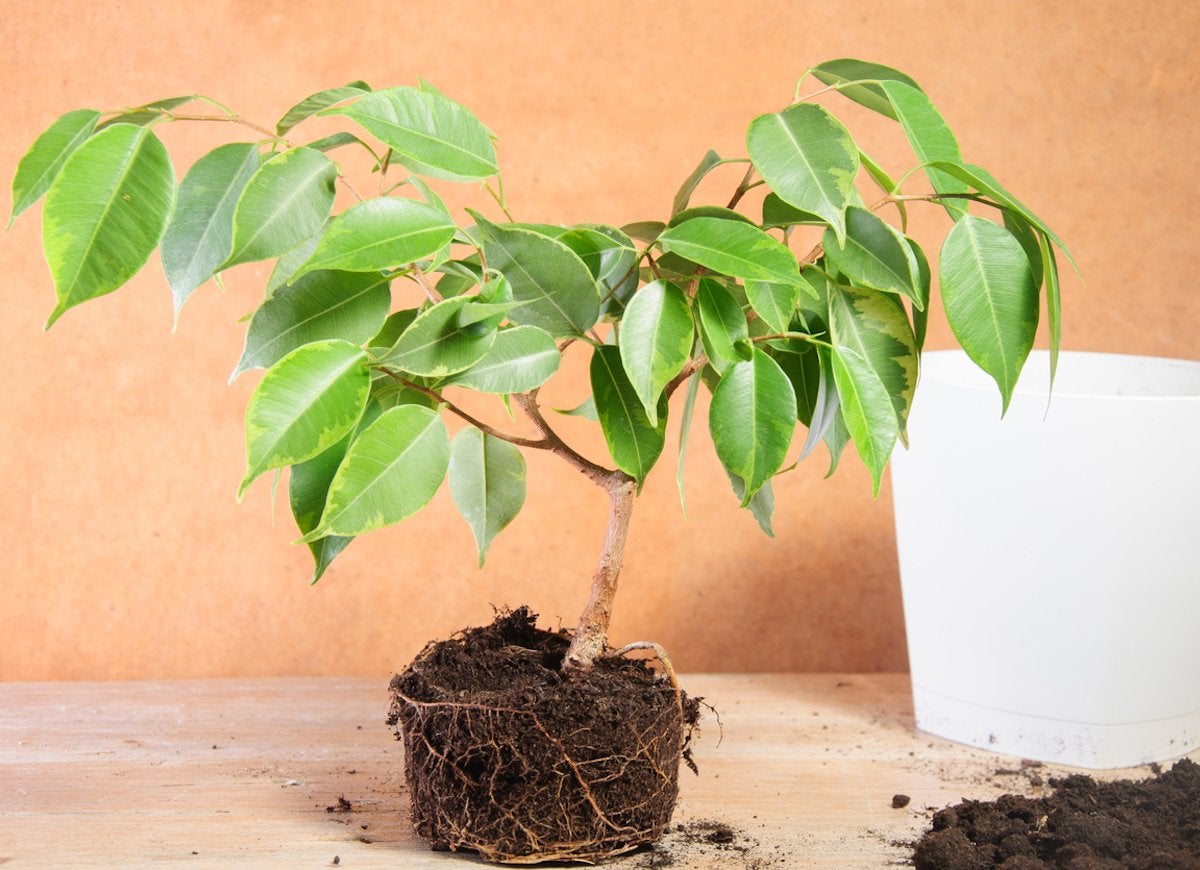
Possible Causes: Root and stem rot.
Several fungi can cause root rot or stem rot. Prevent rot by avoiding overwatering. Remove the affected plant, cut out roots that appear blackened at the tips with slimy decay, and then repot using sterile potting mix and a clean pot. Remove any stems that appear mushy to address stem rot.
Symptom: Stunting, Dieback, and Distortion
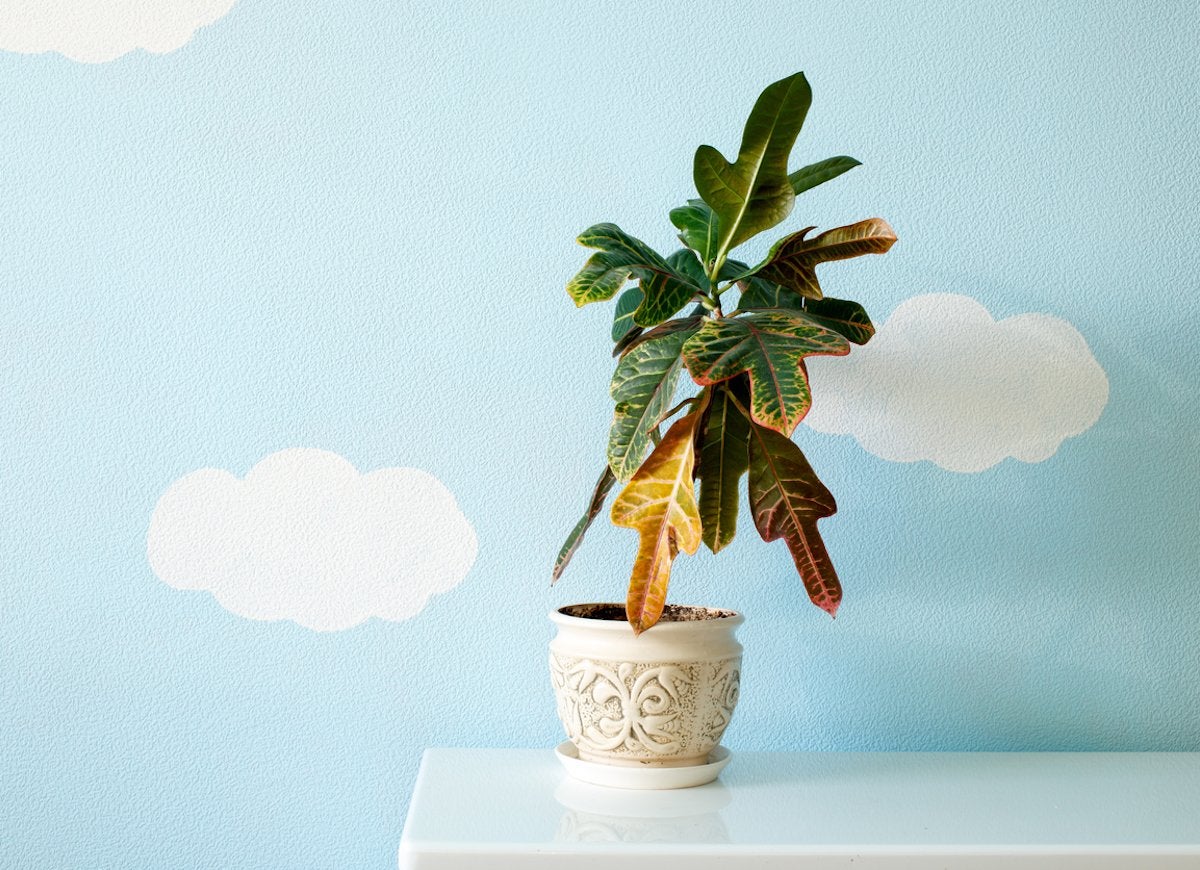
Possible cause: Botrytis blight.
Also called gray mold, this blight comes from a fungus that survives on plant debris. Isolate the diseased plant and trim the affected parts back. Improve air circulation by increasing space between plants and avoid splashing water on the plant’s leaves. A watering can with a narrow spout helps you direct water to soil, not leaves.
Symptom: Yellowing and Wilting of Lower Leaves
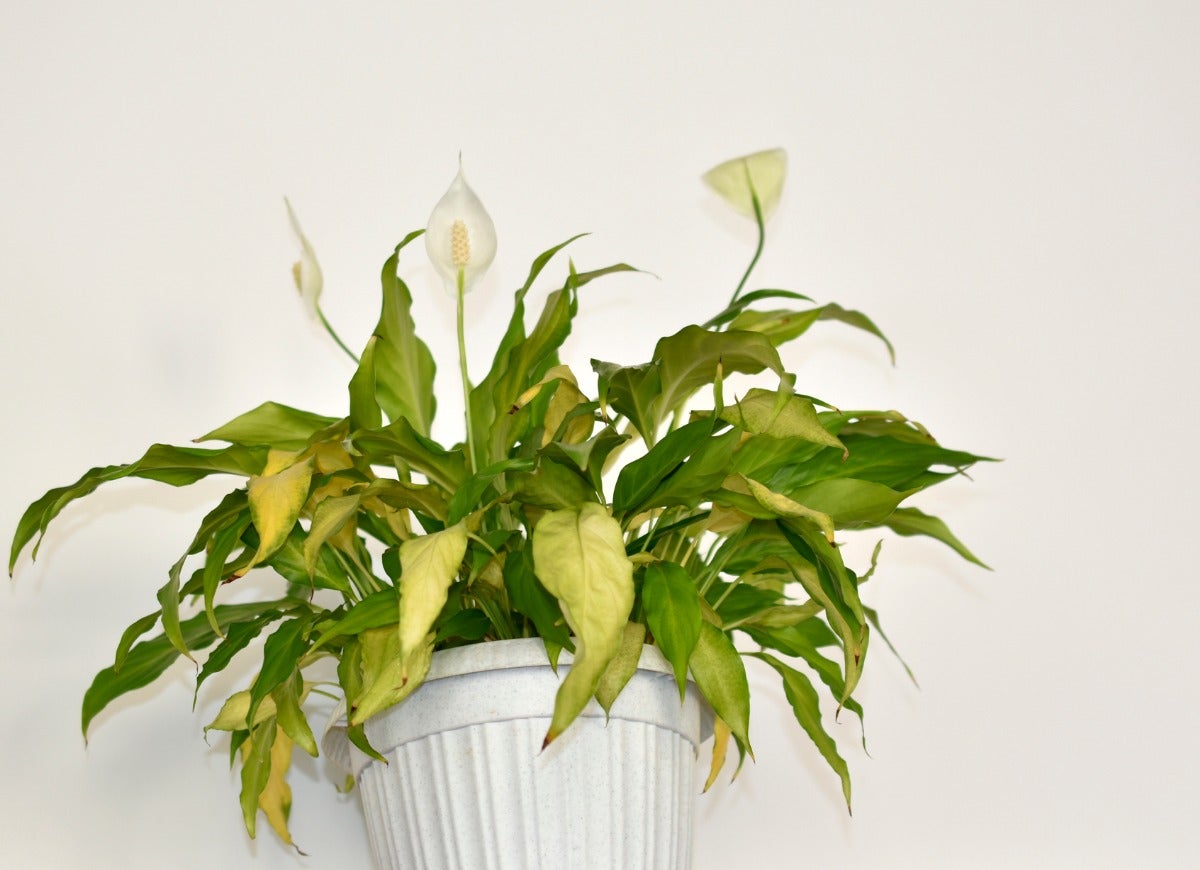
Possible Cause: Overfertilizing
Other telltale signs of overfertilizing are browning leaf tips and a crust on the top of the soil, which indicates salt buildup from water or fertilizers. Most indoor plants need fertilizer just once a month and even less often in winter. Cut back on the amount or frequency of fertilizing, and leach the pot’s soil every few months. Remove the saucer, place the plant in the sink, and run the normal amount of water through, repeating in 5 minutes and letting the plant drain in the sink.
Symptom: White, Cotton-like Dots on Plants
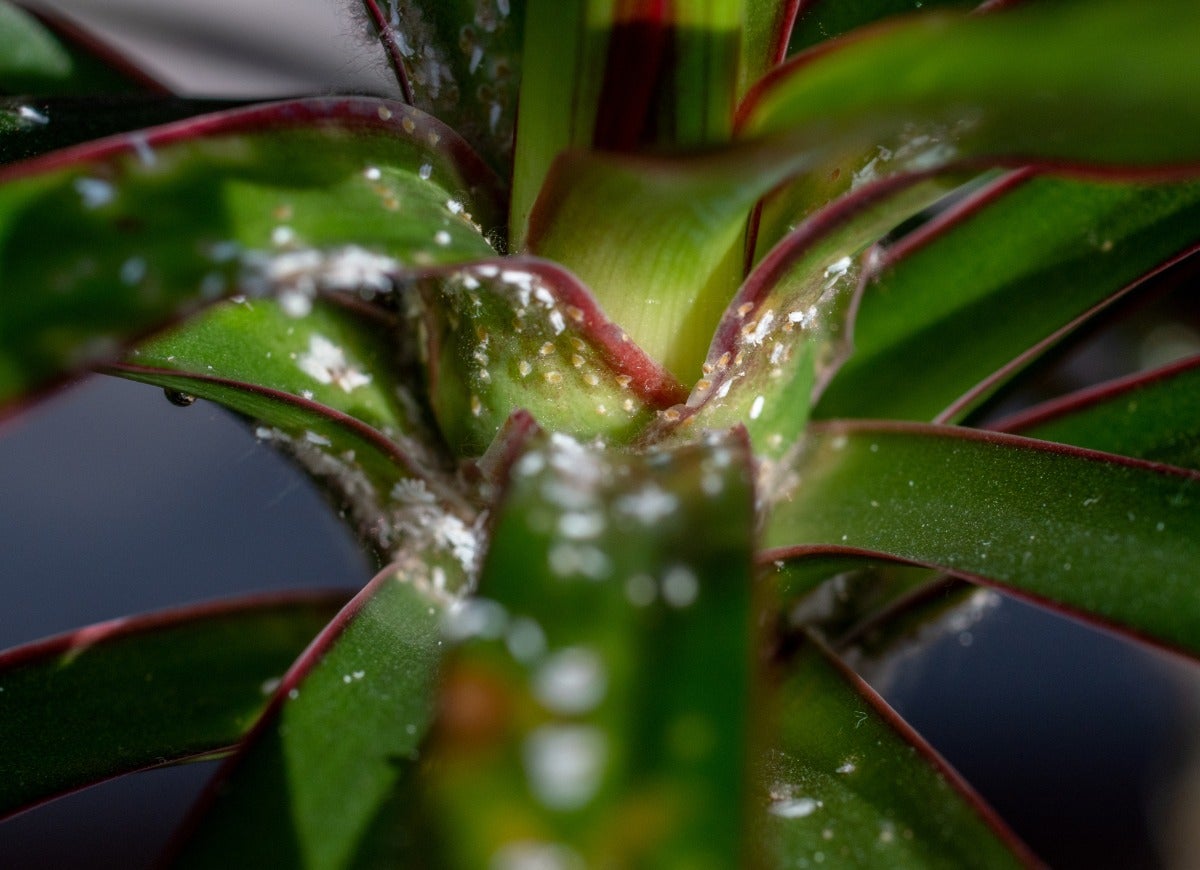
Possible Cause: Mealybugs
Mealybugs seem to appear overnight and tuck away into folds and leaf joints, slowly sucking the sap out of leaves and stems. Their love of sap leads to a preference for succulents, though they can appear on the new growth of plenty of houseplants. Isolate the affected plant so they don’t spread and dip a cotton swab in alcohol, then dab it on each little insect. Spraying the plant with an insecticidal soap—Garden Safe insecticidal soap is a good bet—can also get rid of mealybugs, but you may have to throw out a heavily infested plant.
Symptom: Uneven or Lanky Growth
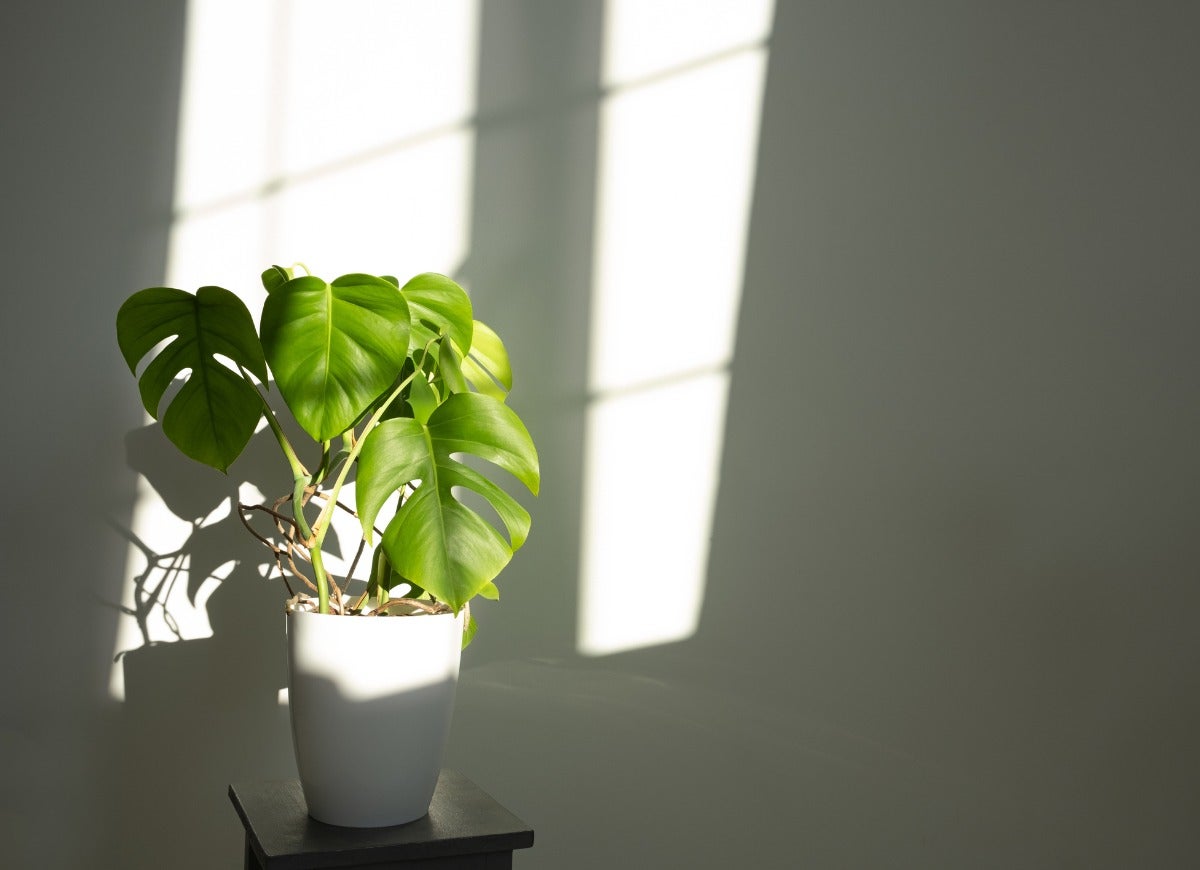
Possible Cause: Poor or poorly distributed light
Outside, the sun moves in the sky and plants follow its path to soak up rays. Indoor light sources are more fixed or from a single window. Rotate the plants regularly, maybe each time you fertilize, to help them grow evenly. Plants that look spindly or lanky are stretching to find light, so move them or add an artificial light source.

Our Best Advice for Beginner Gardeners
We’ll help you set up your first garden—whether that’s a few pots on your patio, a raised bed, or an in-ground plot out back—and select the right plants for your soil and region.